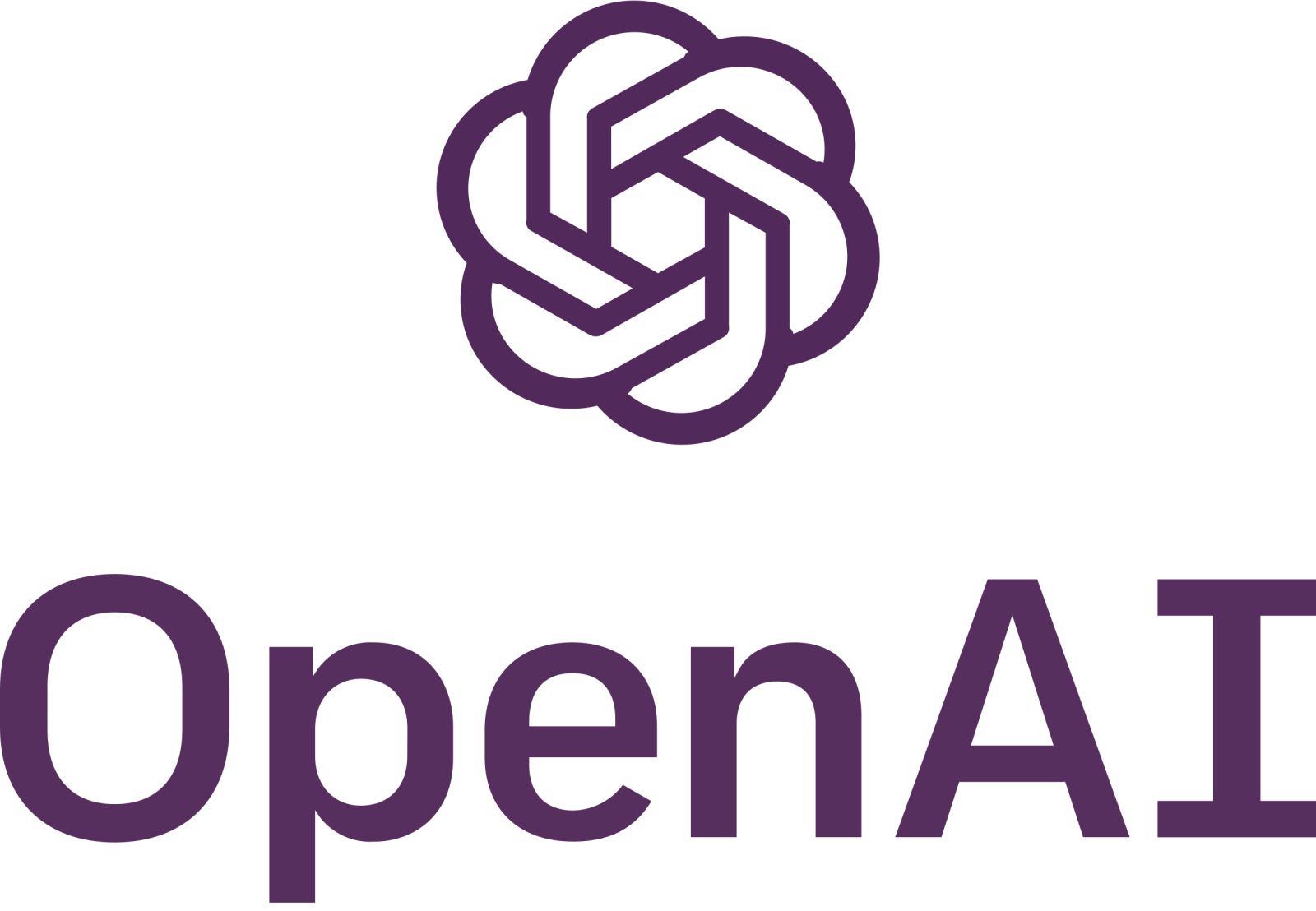Introduction
OpenAI, the artificial intelligence powerhouse behind ChatGPT, may be facing a far more critical financial situation than previously understood. Internal Microsoft documents reveal that the company has spent over $12 billion since 2024 on Azure compute power, while actual revenues appear dramatically lower than official estimates. These figures raise fundamental questions about the economic sustainability of the global leader in generative AI.
Shocking Inference Spending Figures
According to Microsoft internal financial documents obtained by tech blogger Ed Zitron, OpenAI spent $8.7 billion solely on inference for its models on Azure during the first three quarters of 2025. This represents more than double the $3.7 billion spent throughout 2024, highlighting exponential growth in operational costs.
Inference is the process through which AI models generate responses to user requests. For OpenAI, which serves millions of users through ChatGPT and its APIs, this process requires enormous amounts of computational power primarily provided by Microsoft Azure.
Importantly, these figures do not include training expenses, nor do they account for costs incurred with other providers like CoreWeave and Google. Therefore, OpenAI's total spending could be significantly higher than the cited $12 billion.
The Troubling Gap Between Spending and Revenue
Beyond astronomical expenses, the documents also raise doubts on the revenue front. Based on the 2019 agreement between OpenAI and Microsoft, the latter receives a 20% share of OpenAI's revenues and, reciprocally, OpenAI receives 20% of revenues from Microsoft's resale of its services.
Documents show that Microsoft received $454.7 million from OpenAI in the first half of 2025. Applying the 20% rate, this would imply OpenAI's total revenues of approximately $2.27 billion for that period, well below the $4.3 billion reported by The Information in October.
While revenues increased in the third quarter (with Microsoft's share reaching $865.9 million), bringing the annualized total to $4.33 billion, this figure remains far from the $13 billion declared by CEO Sam Altman in early November. The gap between expenses and revenues paints an unsustainable financial picture in the medium term.
Questions About Data Completeness
Both Microsoft and sources close to OpenAI have suggested that the leaked documents may not offer a complete picture of the financial situation. A Microsoft spokesperson told the Financial Times that "the numbers aren't quite right," without providing further details.
One possible explanation concerns cloud credits that Microsoft may have granted to OpenAI. These credits could be accounted for differently in Microsoft's books, potentially inflating the figures of OpenAI's actual expenses. Additionally, the documents appear to refer exclusively to Azure, not including payments Microsoft might make to OpenAI for integrating its models into products like Bing, Office 365, and GitHub Copilot.
However, Microsoft's own financial reporting indicated that OpenAI recorded a net loss in the neighborhood of $12 billion in the quarter ended September 30, confirming the severity of the situation.
Implications for the AI Industry
These data raise crucial questions not only for OpenAI but for the entire artificial intelligence ecosystem. If inference costs continue to grow at this rate without a corresponding increase in revenues, the current business model could prove unsustainable.
Possible consequences include a slowdown in infrastructure investments, significant price increases for AI services, or the need for additional funding rounds by OpenAI. For companies planning AI-based strategies, understanding the economic sustainability of providers becomes fundamental.
Meanwhile, competitor Anthropic announced on Wednesday a $50 billion investment in US datacenter infrastructure in collaboration with Fluidstack, signaling that the computational arms race in the AI sector is far from slowing down.
Conclusion
The leaked documents highlight the urgent need for greater financial transparency from OpenAI and its partners. While the company continues to lead innovation in artificial intelligence, its economic foundations appear shaky. In the coming months, it will be crucial to monitor whether OpenAI can bridge the gap between operational expenses and revenues, or if it must radically revise its business strategy.
For now, the absence of official comments from OpenAI further fuels speculation about the true financial situation of the company that made generative AI accessible to the general public.
FAQ
How much is OpenAI spending on Azure inference?
According to internal documents, OpenAI spent $8.7 billion on Azure in the first three quarters of 2025, more than double the entire 2024 expenditure.
What are OpenAI's actual revenues in 2025?
Documents suggest annualized revenues of approximately $4.33 billion, significantly lower than the $13 billion declared by CEO Sam Altman.
Is OpenAI in financial trouble?
Inference expenses dramatically exceed current revenues, suggesting an unsustainable financial situation without additional funding or price increases.
Are the leaked data reliable?
Microsoft has disputed the accuracy of the numbers, suggesting they may not reflect the full picture of financial relationships between the two companies.
What does inference mean for AI models?
Inference is the process by which AI models generate responses to user requests, requiring substantial computational power.
Does OpenAI use only Microsoft Azure for its services?
No, OpenAI also uses other providers like CoreWeave and Google, so total expenses could be higher than the reported data.
